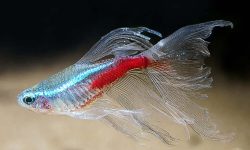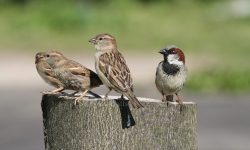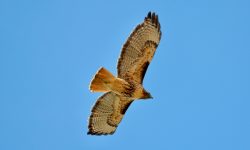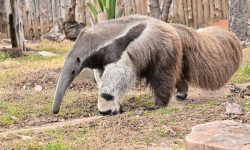Hawks are among the most captivating birds of prey, known for their sharp vision, powerful flight, and predatory skill. These majestic raptors often capture the imagination of birdwatchers and nature lovers alike. But when hawks gather together, do they have a special collective noun?
This article will take a deep dive into what a group of hawks is called, the meaning behind these terms, how hawks behave socially, and the fascinating role language plays in describing the natural world.
Understanding Collective Nouns
What Are Collective Nouns?
Collective nouns are words used to describe a group of individuals, usually of the same species. In English, collective nouns often have poetic or historical roots and are especially rich in the case of animals. For example, a group of lions is called a “pride,” while a group of crows is known as a “murder.” These terms often reflect the animal’s behavior, appearance, or cultural associations.
The Importance of Collective Nouns in Birding
In the birding community, collective nouns are not just quirky expressions but also help describe bird behavior. Knowing the correct collective noun adds richness to observation reports and storytelling. For hawks, the collective noun is more than just a label—it reflects their sometimes solitary, sometimes social nature.
What Is a Group of Hawks Called?
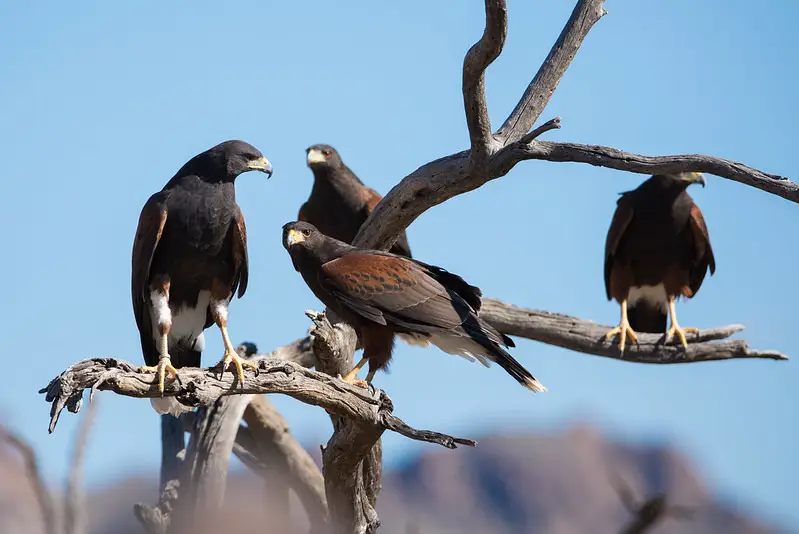
The Primary Term: A Cast of Hawks
The most commonly accepted collective noun for a group of hawks is a “cast.” This term is often used in falconry and ornithology and has historical significance. A cast of hawks typically refers to a group flying together or even just resting in close proximity.
Alternative Terms: Boil, Kettle, and Spiraling
In addition to “cast,” several other terms are used to describe groups of hawks, especially in flight:
- Boil: This term is sometimes used to describe a sudden eruption or flurry of birds, including hawks, taking off or flying together.
- Kettle: When hawks circle in the sky on thermals (columns of rising warm air), especially during migration, the group is known as a “kettle.”
- Spiraling: While not a formal collective noun, this descriptive term is used when hawks spiral upward during flight, often in large numbers.
Each of these terms highlights a specific behavior or context in which hawks group together, enriching our understanding of their social dynamics.
The Meaning Behind “Cast” and Other Terms
Historical and Etymological Origins
The word “cast” comes from Middle English and Old Norse roots, often used in falconry to describe a pair or trio of hawks released for hunting. Over time, it evolved to refer to any group of hawks. The word “kettle” likely derives from the shape hawks make while circling in large groups, resembling steam swirling from a kettle.
Cultural and Linguistic Context
The rich language surrounding birds of prey reflects the deep historical connection between humans and raptors, especially in Europe where falconry has ancient roots. Collective nouns like “cast” serve not just to categorize but to evoke imagery and emotion associated with these majestic creatures.
Hawk Behavior and Social Structure
Are Hawks Social Birds?
Generally, hawks are solitary hunters. They rely on stealth, speed, and surprise to capture prey, which doesn’t lend itself to cooperative behavior. Most hawk species are territorial and prefer to hunt alone, especially during the breeding season.
When Do Hawks Gather in Groups?
Though solitary by nature, hawks do occasionally gather, especially during migration. During this time, it’s common to see hundreds of hawks soaring together on thermals. These gatherings are not social in the traditional sense but are more a result of favorable flying conditions that many individuals exploit simultaneously.
Hawk Migration and the “Kettle”
During migration seasons, especially in fall, birdwatchers may observe kettles of hawks spiraling upward to gain altitude. These groups can include different species of hawks and are often formed for efficiency rather than companionship.
Common Hawk Species and Their Group Behavior
Red-tailed Hawk
The red-tailed hawk is one of the most widespread hawk species in North America. Typically solitary, it is occasionally observed in loose aggregations during migration. The term “kettle” is often applied when multiple red-tails are seen circling thermals.
Cooper’s Hawk
Cooper’s hawks are agile fliers that prefer wooded areas and urban settings. They are fiercely territorial and typically seen alone or in pairs. Sightings of more than two Cooper’s hawks together are rare and usually related to nesting or migration.
Sharp-shinned Hawk
Smaller than many hawks, sharp-shinned hawks are often observed in greater numbers during migration, sometimes appearing in kettles. Outside of this context, they remain solitary.
Broad-winged Hawk
Broad-winged hawks are especially known for forming large kettles during their spectacular fall migrations. These kettles can include thousands of individuals, creating breathtaking aerial displays.
Birdwatching and Identifying Hawk Groups
Where to Spot a Group of Hawks
The best time to observe hawks in groups is during migration seasons. Prime locations include ridgelines, coastal areas, and migration hotspots like Hawk Mountain in Pennsylvania or Veracruz in Mexico. Here, you can witness kettles of hawks spiraling in the sky, often numbering in the thousands.
What to Look For
When observing groups of hawks, look for soaring behavior. Hawks will use thermals to gain altitude, then glide toward their destination. A circling, upward spiral indicates a kettle. The shape, size, and flight style of each bird can help you identify different hawk species within the group.
The Role of Thermals
Thermals are crucial for hawk migration. These rising columns of warm air allow hawks to conserve energy by soaring rather than flapping. The presence of many hawks riding a thermal is what creates the mesmerizing motion of a kettle.
Falconry and Collective Nouns
Hawks in Falconry History
Falconry has existed for thousands of years and includes the use of hawks, falcons, and other birds of prey for hunting. In this context, the term “cast” is frequently used, referring to the release of two or more hawks to hunt cooperatively or simultaneously.
The Language of Falconry
Falconry has contributed many terms to the English language, including “cast.” The specialized language of falconers has helped preserve these poetic collective nouns and ensure their continued use in ornithology and birding circles.
Other Interesting Collective Nouns for Birds of Prey
A Parliament of Owls
One of the most well-known collective nouns, a “parliament of owls,” reflects the mysterious and wise image these birds carry in mythology and literature.
A Convocation of Eagles
Eagles, with their regal bearing, are collectively known as a “convocation.” This term evokes a sense of ceremony and grandeur fitting these powerful raptors.
A Wake of Vultures
When vultures are feeding, the group is often called a “wake.” This somber term captures the scavenger’s association with death and decay.
Why Do These Terms Matter?
Enriching Birdwatching Language
Using collective nouns like “cast” or “kettle” adds depth and color to birdwatching. Instead of saying “a bunch of hawks,” you can describe the majestic sight with precise and poetic language.
Promoting Conservation Awareness
Knowledge of bird behavior and terminology can foster greater interest in conservation. When people recognize and appreciate the complexity of bird life, including social behaviors, they are more likely to support efforts to protect them.
Celebrating Linguistic Heritage
The use of collective nouns preserves a part of our linguistic history. Many of these terms come from centuries-old traditions and offer a glimpse into how humans have related to nature over time.
Conclusion: A Cast, A Kettle, and a Legacy of Language
In summary, a group of hawks is most commonly called a cast, but may also be referred to as a kettle or even a boil depending on context. These terms capture not only the behaviors and groupings of hawks but also the rich linguistic traditions surrounding birdwatching and falconry. Understanding these collective nouns offers insight into the natural world and connects us with a long legacy of observing and appreciating birds of prey. Whether you are a seasoned birder or a curious nature enthusiast, knowing what to call a group of hawks enhances your experience and deepens your connection to the avian world.

